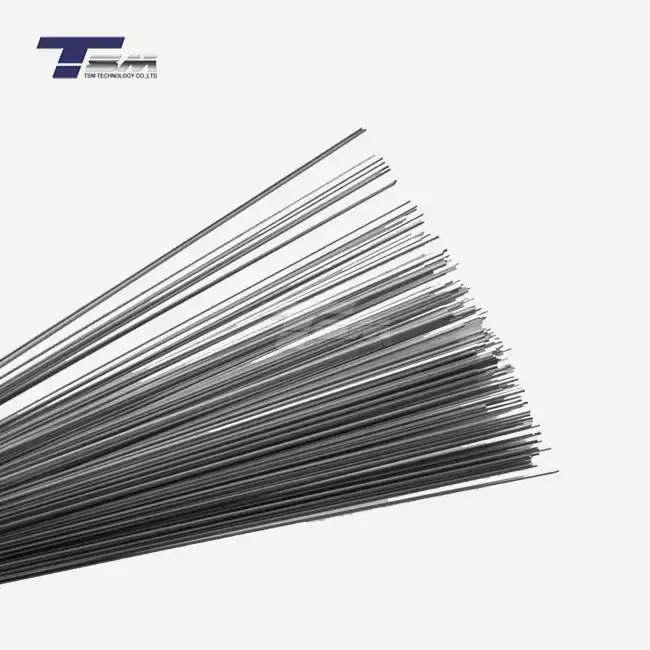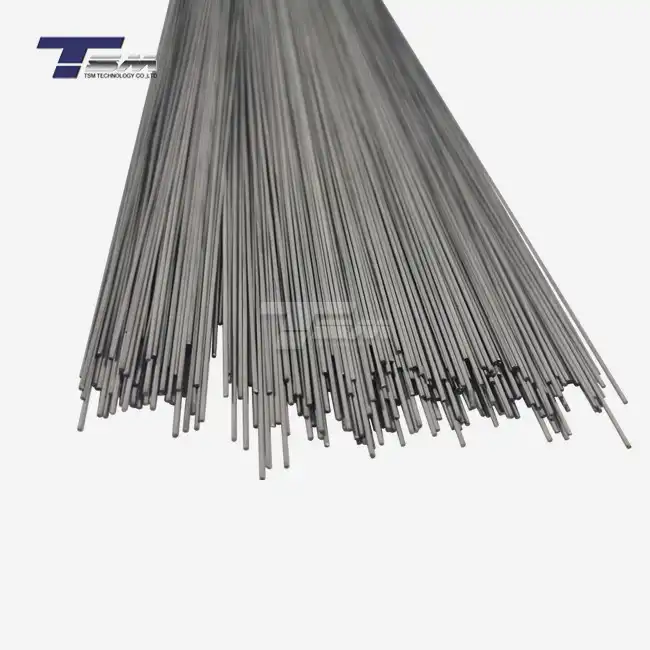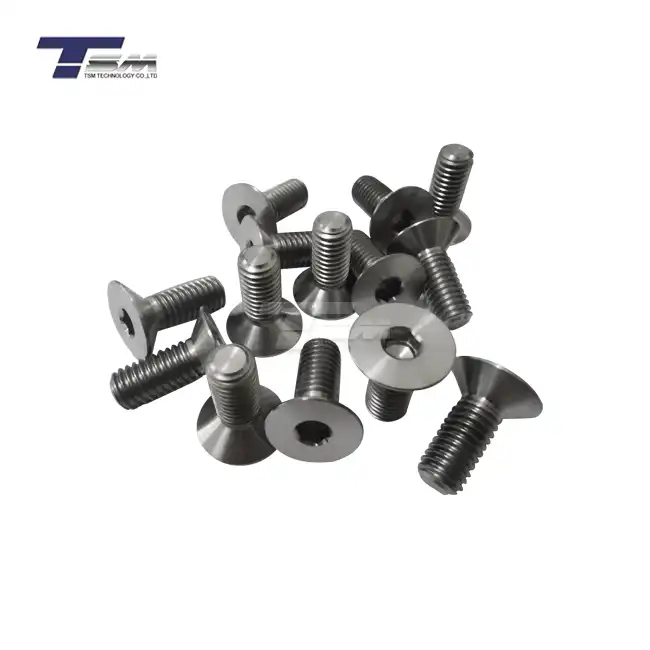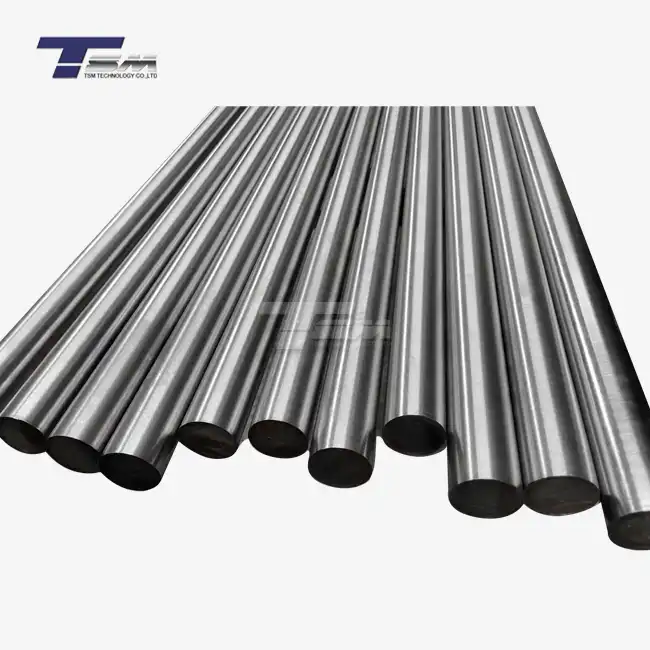- English
- French
- German
- Portuguese
- Spanish
- Russian
- Japanese
- Korean
- Arabic
- Greek
- German
- Turkish
- Italian
- Danish
- Romanian
- Indonesian
- Czech
- Afrikaans
- Swedish
- Polish
- Basque
- Catalan
- Esperanto
- Hindi
- Lao
- Albanian
- Amharic
- Armenian
- Azerbaijani
- Belarusian
- Bengali
- Bosnian
- Bulgarian
- Cebuano
- Chichewa
- Corsican
- Croatian
- Dutch
- Estonian
- Filipino
- Finnish
- Frisian
- Galician
- Georgian
- Gujarati
- Haitian
- Hausa
- Hawaiian
- Hebrew
- Hmong
- Hungarian
- Icelandic
- Igbo
- Javanese
- Kannada
- Kazakh
- Khmer
- Kurdish
- Kyrgyz
- Latin
- Latvian
- Lithuanian
- Luxembou..
- Macedonian
- Malagasy
- Malay
- Malayalam
- Maltese
- Maori
- Marathi
- Mongolian
- Burmese
- Nepali
- Norwegian
- Pashto
- Persian
- Punjabi
- Serbian
- Sesotho
- Sinhala
- Slovak
- Slovenian
- Somali
- Samoan
- Scots Gaelic
- Shona
- Sindhi
- Sundanese
- Swahili
- Tajik
- Tamil
- Telugu
- Thai
- Ukrainian
- Urdu
- Uzbek
- Vietnamese
- Welsh
- Xhosa
- Yiddish
- Yoruba
- Zulu
Monel 400 vs Monel 500: The Ultimate Product Analysis for Industrial Applications
Core Composition and Material Design
Monel 400: Primarily a nickel-copper alloy (67% Ni, 30% Cu, 1-2% Fe), designed for maximum corrosion resistance without precipitation hardening.
Monel K500 (Alloy 500): Adds aluminum (2.3-3.15%) and titanium (0.35-0.85%) to the Monel 400 base. This enables age-hardening for superior strength via Ni₃(Al, Ti) precipitates.
Mechanical Properties Comparison
Table: Key Mechanical Differences
|
Property |
Monel 400 |
Monel K500 |
|
Tensile Strength |
540-780 MPa |
960-1310 MPa |
|
Yield Strength |
240-370 MPa |
690-790 MPa |
|
Elongation |
40% |
20-25% |
|
Hardness (HB) |
150-300 |
300-400 |
|
Impact Toughness |
High |
Maintained at low temperatures |
Monel K500 offers ~2x higher yield strength but reduced ductility due to age-hardening. Unlike many alloys, K500 avoids brittle fracture even in cryogenic conditions.

Corrosion Resistance and Limitations
Shared Strengths: Both resist seawater, hydrofluoric acid, sulfuric acid, and alkaline environments.
Critical Difference: Monel 400 excels in stress corrosion cracking (SCC) resistance. Monel K500 is susceptible to SCC in certain environments (e.g., acidic sulfides) when age-hardened.
Marine Note: K500’s high strength makes it ideal for pump shafts in flowing seawater, but it may suffer pitting in stagnant seawater.
Applications: Where Each Alloy Shines
Table: Application Suitability
|
Industry |
Monel 400 Applications |
Monel K500 Applications |
|
Marine |
Heat exchanger tubes, piping |
Pump shafts, propeller blades |
|
Oil & Gas |
Valve bodies, piping |
Drill collars, tooling |
|
Aerospace |
Fuel tanks, ducting |
Turbine blades, fasteners |
|
Chemical |
HF acid reactors |
Valve stems, scraper blades |
Monel 400: Preferred for welded structures and corrosive fluid containment.
Monel K500: Dominates high-stress components like springs, fasteners, and rotating parts.
Fabrication: Welding and Machining
Welding: Monel 400 is easier to weld (TIG/MIG) with minimal cracking risk. Monel K500 requires strict parameter control to avoid heat-affected zone cracks.
Machining: K500 is best machined in the aged condition (post-hardening) for dimensional stability.
Pricing and Supplier Landscape
Monel K500 Price: ~¥190-215/kg (vs. Monel 400 at ~¥180/kg), reflecting its enhanced properties.
Strategic Selection Guidelines
Choose Monel 400 when:
- Corrosion resistance is the top priority (e.g., chemical processing).
- Welding or forming ease is critical.
Choose Monel K500 when:
- High strength/hardness is non-negotiable (e.g., pump shafts, fasteners).
- Components operate in low temperatures or abrasive marine environments.
FAQs: Addressing Key Queries
1. Is K Monel the same as Monel 500?
Yes, "K Monel" is a common industry name for Monel K500/500.
2. Why is Monel K500 more expensive?
Its titanium/aluminum content and age-hardening process increase production costs.
3. Can Monel 400 and K500 be used together?
Absolutely. Projects often combine both (e.g., K500 shafts with Monel 400 casings) to leverage dual advantages.
Contact us
Write to us
visiting us
710065, 5th Keji Road, Gaoxin District, Shaanxi, China.
Fax
86 029 87547434
Contact directly
Learn about our latest products and discounts through SMS or email



